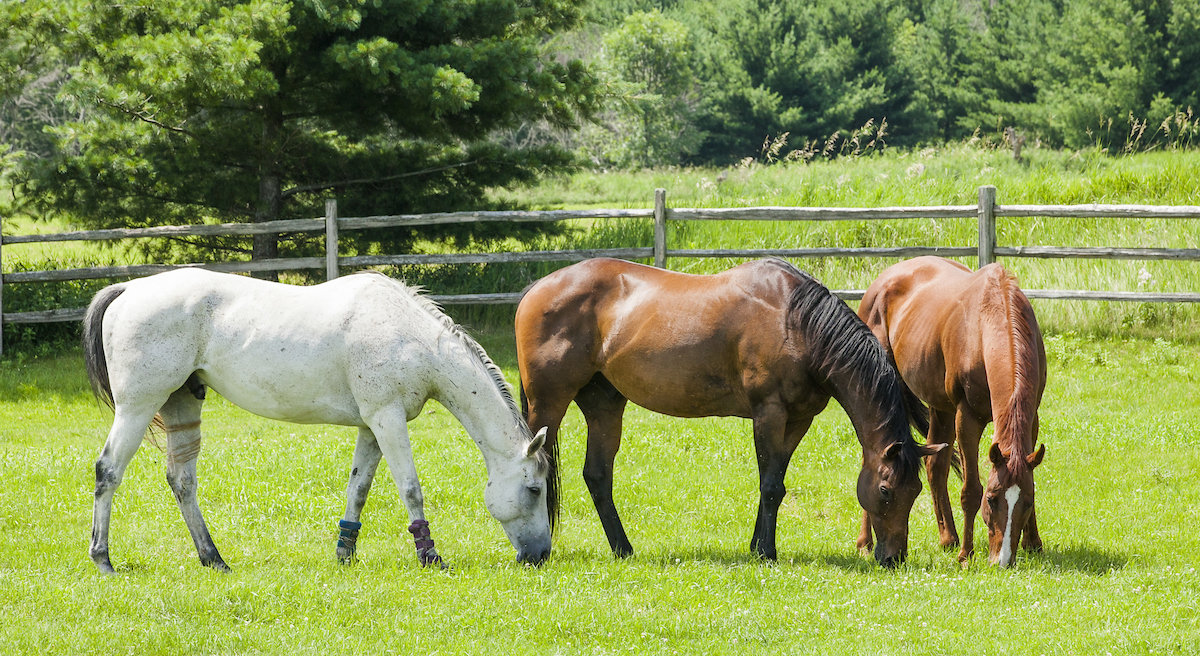Laminitis is described as a disease of the foot resulting in pain, lameness and loss of performance. It is a very complex, and often multifactorial disease; nutritional management is often crucial and there are a few things that should be considered.
Firstly, monitoring the nutritional analysis of hay/haylage and grass is recommended. Choosing a forage that is lower in sugar and starches would be suitable; these tend to be later cut hays but are not always limited to this and it is always worth getting your forage tested to illustrate its nutritional value, Dodson & Horrell can help with this. It is crucial that fibre intake and forage source are not changed drastically; forage intake should generally remain at a minimum of 1.5% of bodyweight per day, with intake being split across the day as evenly as possible.
When choosing a suitable feed, try to select feeds lower in sugar and starches. For horses that maintain their bodyweight easily on forage alone, a lower calorie fibre based feed may be suitable; Dodson & Horrell’s Safe & Sound is an example of a lower calorie, fibre based, fully balanced feed. Safe & Sound is low in sugar & starch and contains QLC antioxidants as well as a hoof support package and protected Actisaf yeast.
Alternatively, a good quality comprehensive balancer is another good option. Dodson & Horrell’s Go Lite Balancer may be a suitable choice for a horse prone to laminitis who maintains their weight very well on a forage-based diet alone. Go Lite Balancer is the lowest calorie balancer in the range, and contains Probiotic Actisaf protected yeast, QLC antioxidants, as well as nettle, seaweed and a hoof support package.
If, however, your horse tends to lose bodyweight easily or has a heavier workload, then a higher calorie feed would be required to meet requirements. Choosing a feed that utilises higher calorie fibre and oil sources to provide energy, rather than from cereals and starches would be best.
Maintenance of a healthy body condition is crucial in the prevention of laminitis. Carrying additional weight can not only increase the mechanical load on the sensitive laminae in the foot, but can also directly negatively affect hormonal activity, with fat pads around the stomach and on the crest being a significant issue.
It is not only the sugar and starch content in the feeds that is important when feeding for nutritional management of Laminitis. The inclusion of natural antioxidants has been seen to be extremely beneficial for those with laminitis. Antioxidants can help to ‘mop-up’ free radicals that are generated and may cause oxidative damage. In addition, feeds that include an active source of yeast may be beneficial. This can help to encourage growth of beneficial microbes in the hindgut; microbial imbalance in the hindgut has been significantly linked to risk of laminitis.
Although Laminitis may have various causes, the end result is still the same. Nutritional management may not solve the issue in its entirety, but it is always worth bearing in mind to reduce the risk of reoccurrence.




